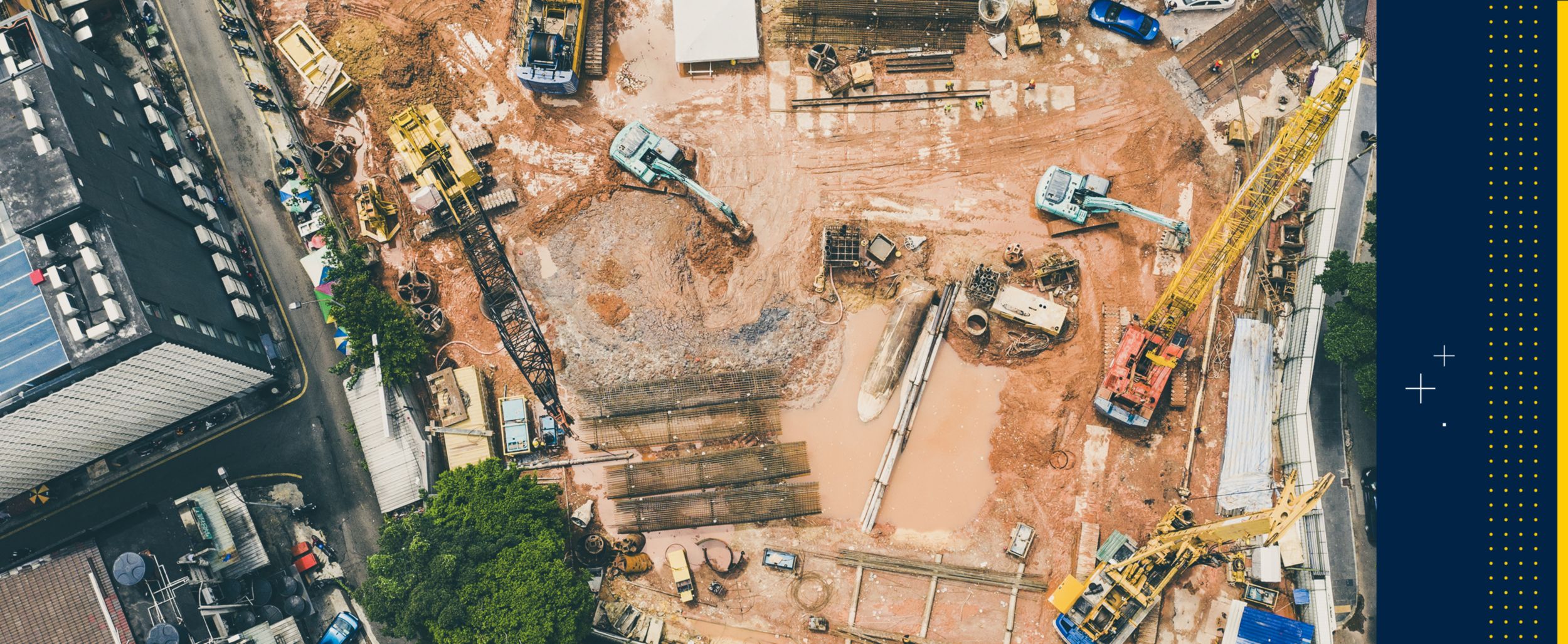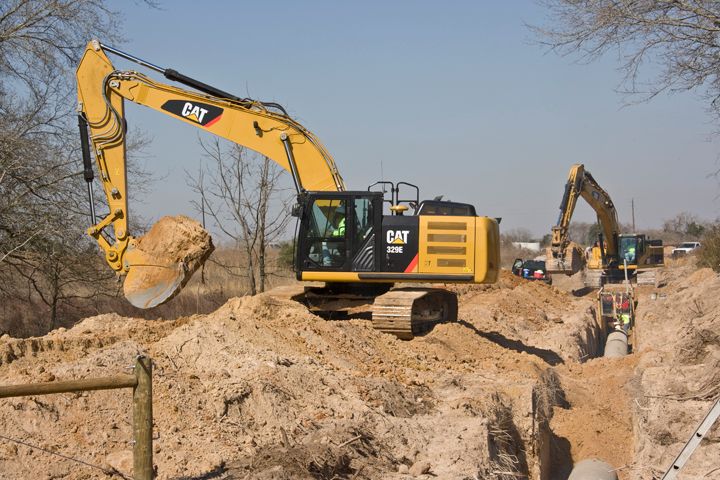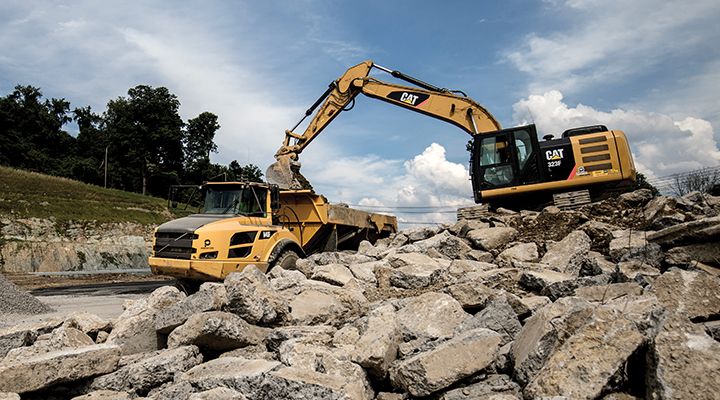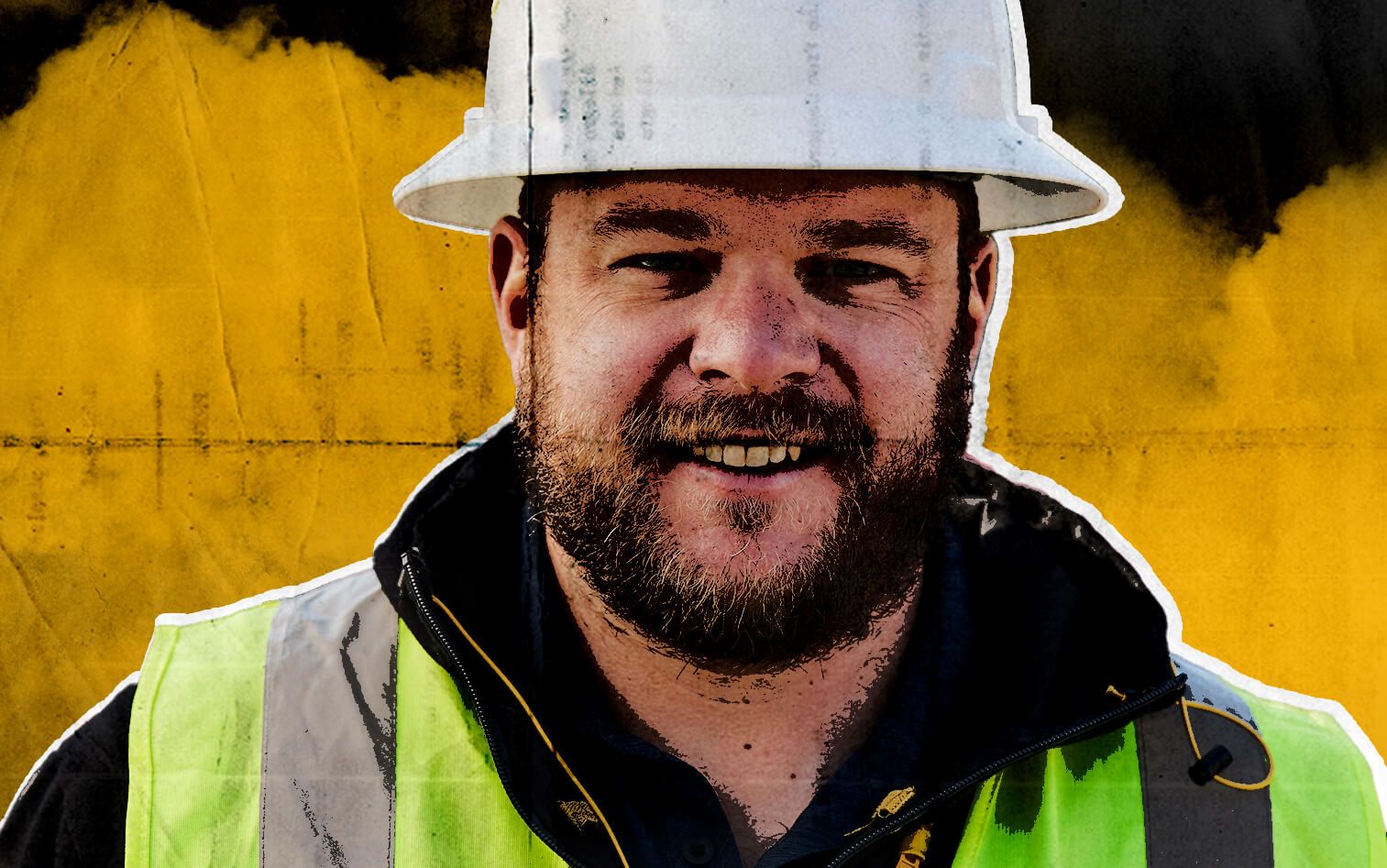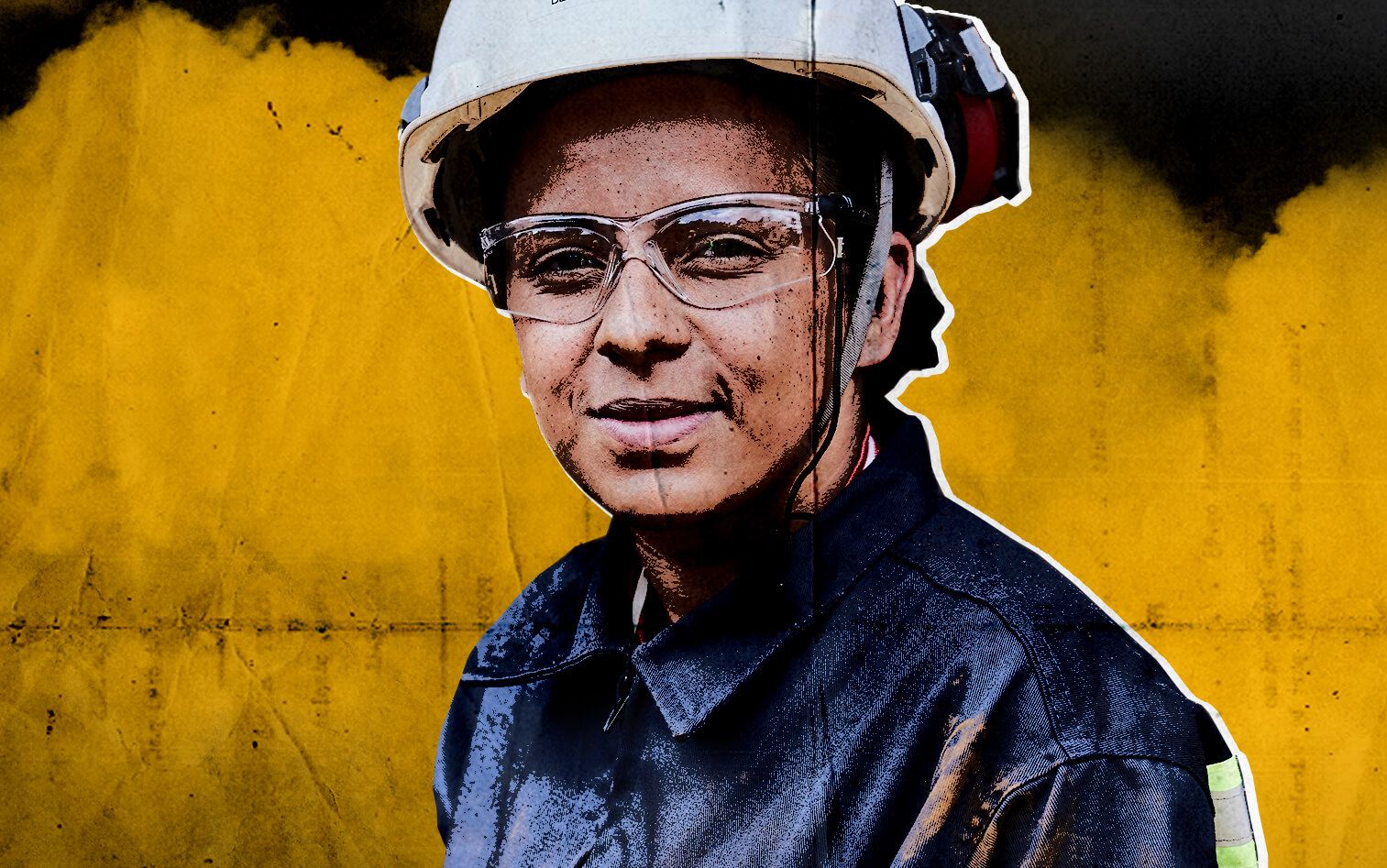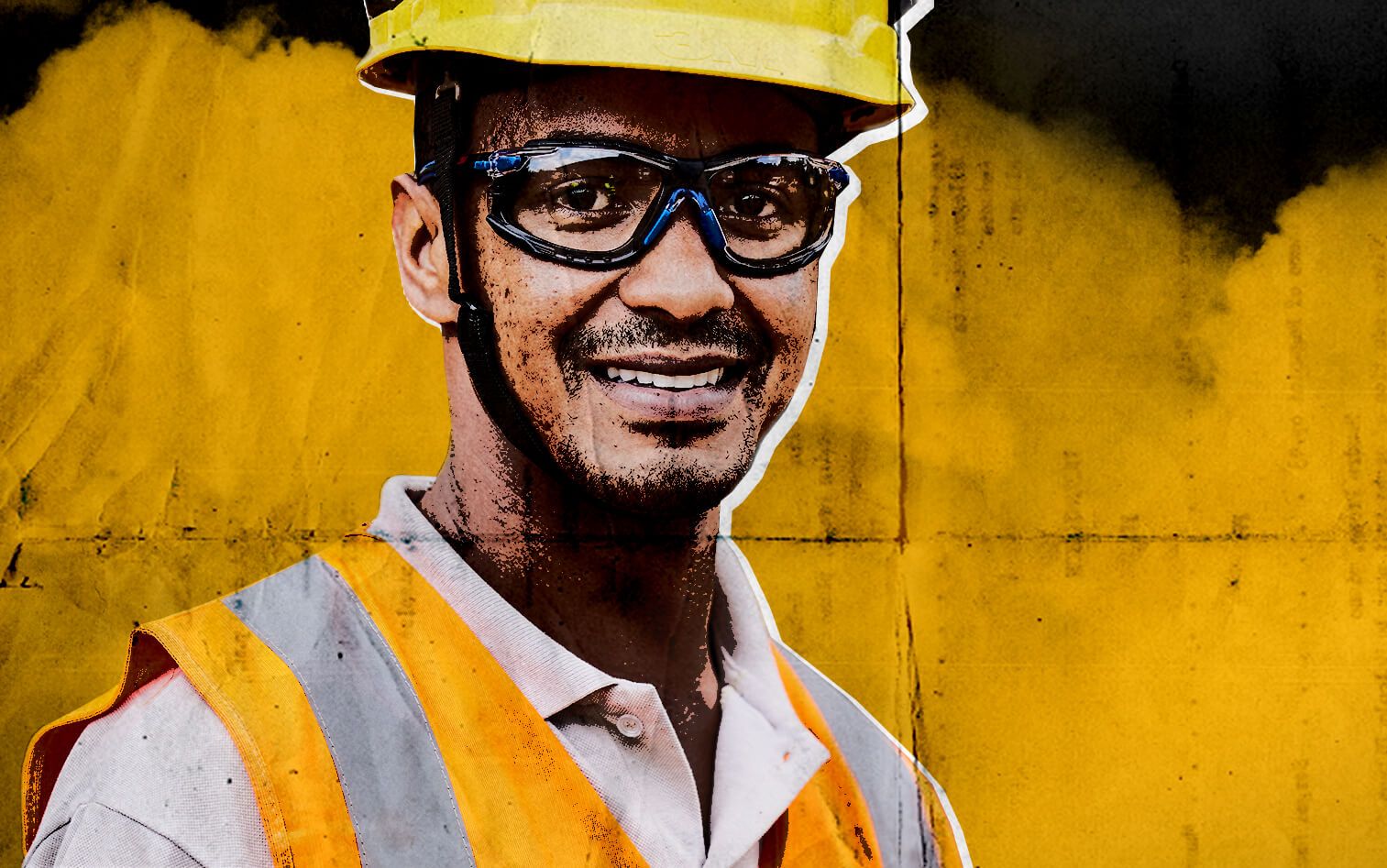

Sign In
Welcome! Sign In to personalize your Cat.com experience
If you already have an existing account with another Cat App, you can use the same account to sign in here
Register Now
One Account. All of Cat.
Your Caterpillar account is the single account you use to log in to select services and applications we offer. Shop for parts and machines online, manage your fleet, go mobile, and more.
Account Information
Site Settings
Security
The Truth About Mixed-Fleet Equipment Management
“I don’t need that much data.” “It takes too much time.” “It won’t work on my machines.” “My site is too remote.” TJ Maestranzi and Gage Witt have heard all these myths — and plenty more — about telematics and construction mixed-fleet solutions. That’s why these two equipment management experts are joining forces to set the record straight.
Myth #1: An OEM Solution Is Only For That OEM’s Equipment.
Here’s the truth: A good telematics solution works across equipment brands. Sure, you’ll see the maximum amount of data with an OEM-branded system, but are you looking for quantity or quality? Would you rather juggle multiple systems or manage all your assets via a single platform?
Application Programming Interfaces, or APIs, allow a single OEM-branded telematics solution to pull data from systems offered by other brands and third-party providers. And with APIs, there’s typically no need for a site visit to connect any hardware.
“As long as your supplier supports APIs and provides the data, we can pull 34 different data feeds from other manufacturers and third parties,” Maestranzi says of Caterpillar's equipment management solution, VisionLink®. “That includes essential information like location, operating hours, fuel levels and overall utilization."
Myth #2: Telematics Are Just For Heavy Equipment.
In reality, you can use telematics to track pretty much anything on your site — heavy equipment as well as service trucks, trailers, attachments, tools and more. Witt uses telematics to keep an eye on his Ford F250, for example.
You can even connect assets that aren’t mobile or don’t have power sources.
“We have one customer that uses VisionLink to make sure fire extinguisher inspections stay on schedule,” Maestranzi says. “Another uses it for yearly mobile asphalt plant inspections.”
Every asset — from a wheel loader to a water tank to a work tool — is an investment. Telematics help you get the most return on that investment by allowing you to keep track of where it is, what it's doing and when it needs service.
"Whatever it is, it costs you money," Witt says. "If it's stolen, you want to recover it. If it's not productive, you want to know why. Not tracking something could erode your ROI."
Myth #3: Telematics Is The Same As GPS Tracking.
Fact is, location tracking is one of the first features many construction companies use when they get started with telematics — but it’s far from the only one available. Here’s just a short list of other information you can monitor:
- Fuel and DEF levels
- Working time versus idle time
- Engine start and stop times
- Diagnostic alert codes
- Maintenance reminders, summaries and histories
- Fluid analysis and inspection results
- Payload and cycle time data
- Emissions estimates
Witt likes to describe telematics as a “virtual filing cabinet.”
“All your information is stored in one place,” he says. “That makes it easy to take action.”
“We can pull 34 different data feeds from other manufacturers
and third parties. That includes essential information like
location, operating hours, fuel levels and overall utilization.”
- TJ Maestranzi, Digital Product Owner, Caterpillar
Connect Everything On Your Site
Monitor and manage your equipment plus other assets you own, rent or lease — no matter the manufacturer — with VisionLink. Eliminate guesswork and take informed action.
SEE HOW
Myth #4: Tracking Data Takes Too Much Time.
Actually, the right construction mixed-fleet solution can save you time — a lot of it. Think about how you track information now. Do you call site managers to gather data? Drive around to check on equipment? Enter numbers into spreadsheets? Search emails and paperwork to find inspection or fluid analysis results? Jot maintenance due on a calendar?
Telematics eliminates the need to do all of that. As Maestranzi puts it, “It’s a time save versus a time suck.”
The ability to personalize notifications is one of the biggest time savers. Though you can choose to view all the data for all your assets, most users prefer to zero in on specific, actionable information. Maybe you want to know when an machine leaves a geofenced location, when an operator shifts into gear without buckling up or when equipment nears a service-due date. Or maybe you’re on the lookout for certain fault codes like high oil or turbocharger pressure.
“You can set up what’s important to you and then have alerts come to you via email or text,” Witt says. “The system basically shoulder taps you so you know there’s something you need to look into right away.”
Here’s something else to keep in mind: Most telematics solutions come with different subscription options. If you’re only interested in core data like hours and location, you can get just that — no need to manage any other information. As your needs change, you can move to a more advanced subscription.
Myth #5: My Jobsite Is Too Remote To Access Data.
Truth is, it’s probably not your location that’s the problem if you can’t receive data. It’s the type of connectivity associated with your telematics device: cellular versus satellite. If your jobsites are located in remote, rural, hilly or mountainous areas where cell coverage isn’t reliable, you need to look for a solution with satellite capability.
“Cellular is the cheapest and fastest option if you can use it,” Witt says. “But if you work in the middle of nowhere, you need satellite. There’s also dual-mode connectivity that tries cellular first, then switches to satellite if necessary.”
Myth #6: Software Updates Are Risky For My Equipment.
In fact, telematics software updates actually improve equipment performance by finding and fixing bugs and letting you add new features.
“Think of it like your phone updating software,” Maestranzi says. “Falling out of an update path is definitely more risky to your machine than accepting incremental improvements with every software update.”
Here's an example: Cat 313 to 395 excavators built in 2021 and 2022 didn't include Operator Coaching, which provides real-time tips to operators on the job. Customers who liked that feature on other machines began requesting it, so Caterpillar made it available as an option via a software update. Now, customers who want to add Operating Coaching can work with their dealers to turn it on.
"Twenty years ago, you would have needed to buy a new machine to access that feature, but now you have the option to enrich machine capabilities with software," Maestranzi says. "One phone call, one update, and your equipment is more feature rich than before."
Cat® Know Your Fleet Tool
Got five minutes? Tell us your top business challenges, and we’ll give you custom fleet management technology recommendations.
You’ve Got The Facts. Now What?
The first step is just to get started — before it’s too late.
“Without telematics, you’ll struggle to grow your fleet or your business beyond a certain level,” Maestranzi says. “You just won’t be efficient enough to keep up with those who are using the data.”
Still, it’s okay to be cautious. In fact, both Maestranzi and Witt recommend dipping your toes into the telematics waters rather than diving in head first. One strategy is to choose just one or two assets to connect; another is to select a single jobsite. Starting small lets you evaluate different solutions and calculate the value before you make a big capital investment.
“When you decide to turn your fleet on, use a phased approach,” Witt says. “Try different providers and compare them. If one doesn’t meet your standard for value, then maybe that’s not the right solution for you.”
Finally, beware of “fly by night” providers. Startups see great opportunity in the construction telematics space, but will they still be there a few years down the road?
“Don’t buy into an ecosystem that could disappear overnight,” Maestranzi says. “You want to choose a brand that’s going to be there to support you for the long term.”

Theodore Maestranzi
Digital Product Owner
Theodore “TJ” Maestranzi is a Digital Product Owner for Caterpillar, Inc. in Peoria, Illinois. His areas of focus include user and customer experience, telematics and workflow optimization. In addition, he conducts research to understand customers processes and turn those insights into actionable software.
As a Digital Product Owner, Theodore worked on the launch of the updated VisionLink platform. He has been heavily involved in telematics development and extracting machine information for visualization.
Along with those projects, he spearheads training programs and runs pilot programs to demonstrate Caterpillar tools for potential users.
Outside of work, Theodore loves reading and writing, as well as skiing, swimming, water skiing and traveling. He’s also an avid mushroom hunter, cocktail maker and hydroponic gardener for the winter vegetables used in his own home cooking.

Gage Witt
Senior Product Consultant
Gage Witt is a Senior Product Consultant for Caterpillar Inc. based in Panama City Beach, Florida. His primary area of focus is machine technology — specifically helping operations use telematics to make jobsites safer and more productive, reduce unplanned downtime and achieve ROI.
Gage played a key role in the launch of Caterpillar’s new VisionLink platform, as well as the implementation of the company’s MineStar technology and remote-controlled drills and dozers. He also participates in competitive analysis, customer and dealer training sessions, conferences and trade shows.
Gage is an active member of the Association of Equipment Management Professionals (AEMP) and, in addition to his job at Caterpillar, owns and operates a real estate investment corporation.
Outside of work, Gage is captain of the Panama City Beach Hurricanes Rugby Football Club, active boater, tournament fisherman and self-described “certified beach bum.”
